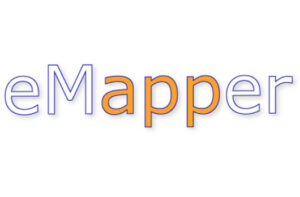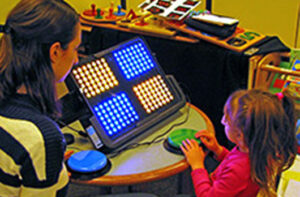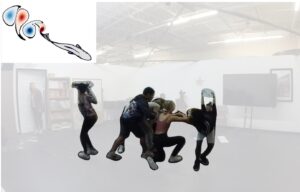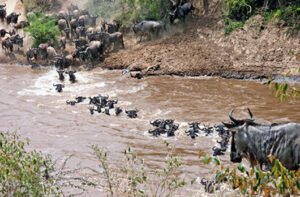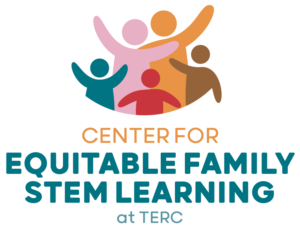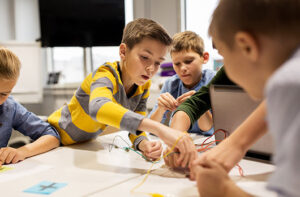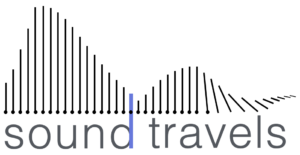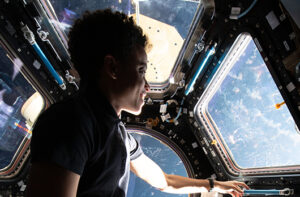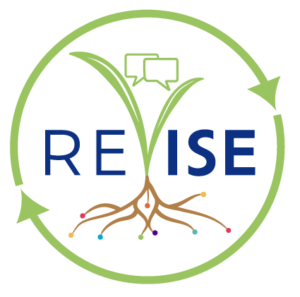Astrobiology: An Integrated Science Approach
An Integrated Science Approach
IMPORTANT UPDATEThank you for your interest in the Astrobiology curriculum. Fill out the form below and we will send you passwords to access this material.
Astrobiology: An Integrated Science Approach is a full-year genuinely integrated science curriculum that weaves its way through the disciplines of biology, chemistry, physics, astronomy, and Earth science, as well as sociology, ethics, and the psychology of human thought and behavior. It kindles interest and curiosity in students and offers
an exciting entry into high-school science. The curriculum propels students to consider:
- Is there life elsewhere in the universe?
- What is life?
- What makes a planet habitable?
- What is an “extremophile?”
- How do we search for life?
- What is the future of life on Earth?
Materials include: In the Student Guide:
- Each chapter assesses student preconceptions. “Challenge” sections provide performance assessments that evaluate depth of students’ understanding of science concepts. Additionally, clear instructions include explicit criteria for success that guide students as they work to complete Challenges.
- “What’s the Story?” activity sections provide readable, student-friendly background, delivered in manageable bites. Embedded assessment questions help monitor student progress. Every activity links back to the Challenge, helping students synthesize a rich array of science concepts.
- Alternate assessments forge connections between content areas and inspire student reflection on big ideas. Each chapter builds math and science inquiry skills through activities and reflection. As they generate and analyze scientific data, students do science instead of simply reading about it.
In the Teacher’s Guide:
- Answer Keys, Blackline Masters, Transparencies, and Color Images: resources that help teachers deliver best practice instruction.
The Astrobiology curriculum was conceived, developed, and written by leading educators and classroom teachers with the participation of NASA and with funding from the National Science Foundation (ESI-9730728).
Thank you for your interest in the Astrobiology curriculum. Fill out the form below and we will send you passwords to access this material.
Astrobiology: An Integrated Science Approach is a full-year genuinely integrated science curriculum that weaves its way through the disciplines of biology, chemistry, physics, astronomy, and Earth science, as well as sociology, ethics, and the psychology of human thought and behavior. It kindles interest and curiosity in students and offers an exciting entry into high-school science. The curriculum propels students to consider:
- Is there life elsewhere in the universe?
- What is life?
- What makes a planet habitable?
- What is an “extremophile?”
- How do we search for life?
- What is the future of life on Earth?
Materials include: In the Student Guide:
- Each chapter assesses student preconceptions. “Challenge” sections provide performance assessments that evaluate depth of students’ understanding of science concepts. Additionally, clear instructions include explicit criteria for success that guide students as they work to complete Challenges.
- “What’s the Story?” activity sections provide readable, student-friendly background, delivered in manageable bites. Embedded assessment questions help monitor student progress. Every activity links back to the Challenge, helping students synthesize a rich array of science concepts.
- Alternate assessments forge connections between content areas and inspire student reflection on big ideas. Each chapter builds math and science inquiry skills through activities and reflection. As they generate and analyze scientific data, students do science instead of simply reading about it.
In the Teacher’s Guide:
- Answer Keys, Blackline Masters, Transparencies, and Color Images: resources that help teachers deliver best practice instruction.
The Astrobiology curriculum was conceived, developed, and written by leading educators and classroom teachers with the participation of NASA and with funding from the National Science Foundation (ESI-9730728).
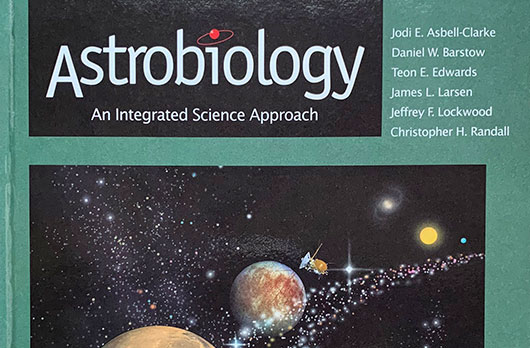
Related People:
Jodi Asbell-Clarke
Teon Edwards
Jamie Larsen
Jodi Asbell-Clarke, Jeff Lockwood, Teon E. Edwards, Jamie Larsen, and Chris Randall
PublisherActivate Learning
Share This Page:
